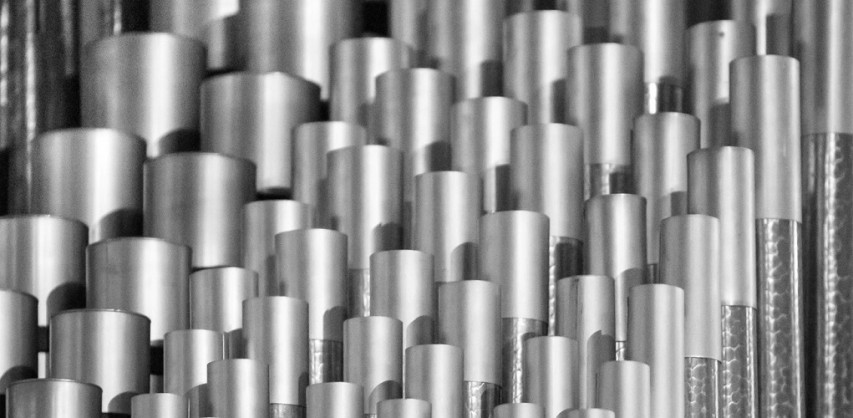Green steel

Every ton of steel produced on the planet requires the emission of approximately two tons of carbon dioxide into the atmosphere. It is not the biggest pollutant, but we are talking about 7% of the carbon dioxide produced globally by man (even more than what is emitted by combustion cars). This is a compelling reason for resources to be devoted to finding a cleaner way of producing this material on which we are so dependent.
A Swedish company called SSAB seems to have found such a way and claims to have already delivered its first orders of 'green steel' to Volvo to manufacture the first trucks made of the material. If all goes well, it will be the first order of many more.
The most common way of making steel requires the use of coal and coke in industrial furnaces, hence the carbon dioxide emissions mentioned above. In these furnaces, iron and carbon particles are mixed and melted at high temperatures until a suitable mixture of liquid steel is obtained.
It should be noted that this manufacturing process has a high recycling rate: up to 70% of the steel used can be renewed. But even with this capacity for renewal, steel demand is expected to grow too much to rely on it alone to justify the polluting emissions caused by the use of coal in furnaces. That coal can be replaced by hydrogen using a method called Hydrogen Breakthrough Ironmaking Technology, or HYBRIT.
This method uses cleanly obtained iron particles, into which hydrogen, also obtained from environmentally friendly methods, is inserted. The result is a steel whose emissions during its creation are reduced to water. SSAB has been assisted by LKAB and Vattenfall, a Swedish state- and government-owned mining and power company.
At the moment the plan is to start converting traditional steel mills to electric and green furnaces starting with SSA's Oxelösund facility around 2025. If there are no drawbacks we could have the first demonstrations of manufacturing this steel on an industrial scale a year later, in 2026.
Considering that steel production accounts for 10% of Sweden's total steel emissions (and 7% in Finland, for example), this method could be a major player in further reducing pollutant emissions in those countries. And if the approach is adopted in more countries, the reduction can be much greater.